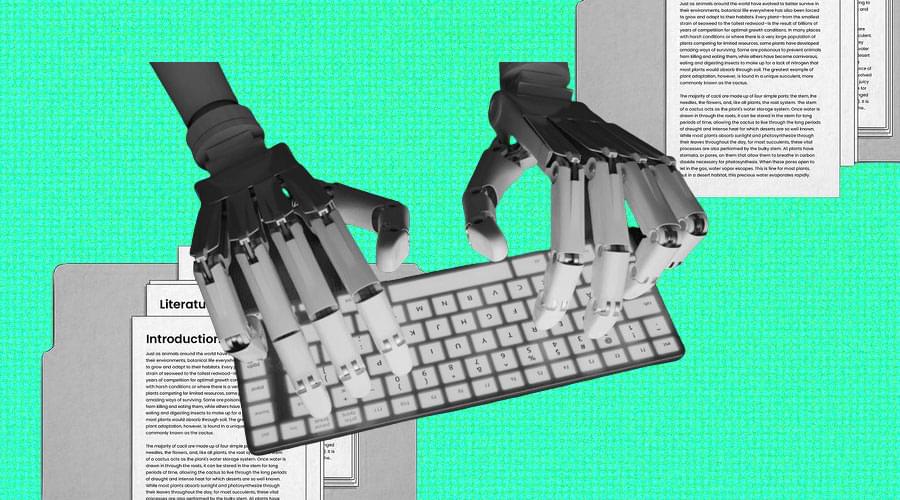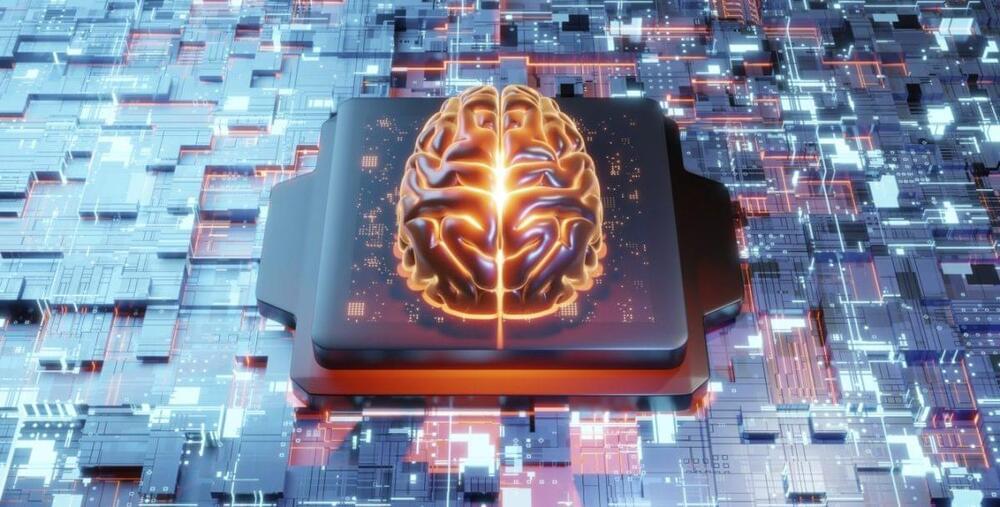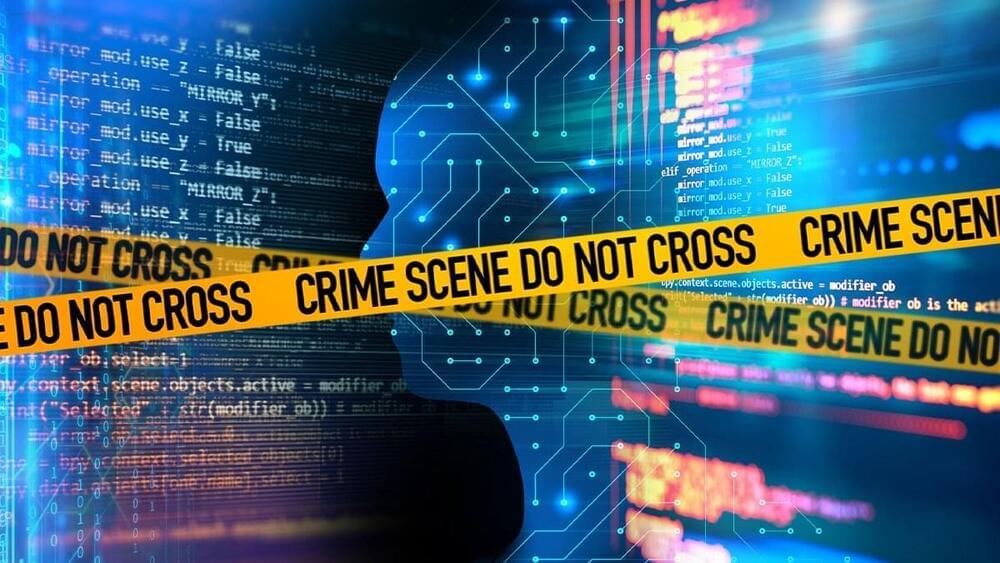We’re on a journey to advance and democratize artificial intelligence through open source and open science.



How groups of humans working together collaboratively should redistribute the wealth they create is a problem that has plagued philosophers, economists, and political scientists for years. A new study from DeepMind suggests AI may be able to make better decisions than humans.
AI is proving increasingly adept at solving complex challenges in everything from business to biomedicine, so the idea of using it to help design solutions to social problems is an attractive one. But doing so is tricky, because answering these kinds of questions requires relying on highly subjective ideas like fairness, justice, and responsibility.
For an AI solution to work it needs to align with the values of the society it is dealing with, but the diversity of political ideologies that exists today suggests that these are far from uniform. That makes it hard to work out what should be optimized for and introduces the danger of the developers’ values biasing the outcome of the process.



In the midst of the heated debate about AI sentience, conscious machines and artificial general intelligence, Yann LeCun, Chief AI Scientist at Meta, published a blueprint for creating “autonomous machine intelligence.”
LeCun has compiled his ideas in a paper that draws inspiration from progress in machine learning, robotics, neuroscience and cognitive science. He lays out a roadmap for creating AI that can model and understand the world, reason and plan to do tasks on different timescales.
While the paper is not a scholarly document, it provides a very interesting framework for thinking about the different pieces needed to replicate animal and human intelligence. It also shows how the mindset of LeCun, an award-winning pioneer of deep learning, has changed and why he thinks current approaches to AI will not get us to human-level AI.



Deep Longevity has published a paper in Aging-US outlining a machine learning approach to human psychology in collaboration with Nancy Etcoff, Ph.D., Harvard Medical School, an authority on happiness and beauty.
The authors created two digital models of human psychology based on data from the Midlife in the United States study.
The first model is an ensemble of deep neural networks that predicts respondents’ chronological age and psychological well-being in 10 years using information from a psychological survey. This model depicts the trajectories of the human mind as it ages. It also demonstrates that the capacity to form meaningful connections, as well as mental autonomy and environmental mastery, develops with age. It also suggests that the emphasis on personal progress is constantly declining, but the sense of having a purpose in life only fades after 40–50 years. These results add to the growing body of knowledge on socioemotional selectivity and hedonic adaptation in the context of adult personality development.
🔔 Subscribe for more Artificial Intelligence news, Robot news, Tech news and more.
🦾 Support us NOW so we can create more videos: https://www.youtube.com/channel/UCItylrp-EOkBwsUT7c_Xkxg.
Every week we will update you about the Robotic news in Japan.
Living Human Skin for Robots.
From action heroes to villainous assassins, biohybrid robots made of both living and artificial materials have been at the center of many sci-fi fantasies, inspiring today’s robotic innovations. It’s still a long way until human-like robots walk among us in our daily lives, but scientists from Japan are bringing us one step closer by crafting living human skin on robots. The method developed not only gave a robotic finger skin-like texture, but also water-repellent and self-healing functions. “The finger looks slightly ‘sweaty’ straight out of the culture medium,” says first author Shoji Takeuchi, a professor at the University of Tokyo, Japan. “Since the finger is driven by an electric motor, it is also interesting to hear the clicking sounds of the motor in harmony with a finger that looks just like a real one.“
Looking “real” like a human is one of the top priorities for humanoid robots that are often tasked to interact with humans in healthcare and service industries. A human-like appearance can improve communication efficiency and evoke likability. While current silicone skin made for robots can mimic human appearance, it falls short when it comes to delicate textures like wrinkles and lacks skin-specific functions.
Artificial Intelligence that Acts More Human.
A research group from the Graduate School of Informatics, Nagoya University, has taken a big step towards creating a neural network with metamemory through a computer-based evolution experiment. In recent years, there has been rapid progress in designing artificial intelligence technology using neural networks that imitate brain circuits. One goal of this field of research is understanding the evolution of metamemory to use it to create artificial intelligence with a human-like mind.
Metamemory is the process by which we ask ourselves whether we remember what we had for dinner yesterday and then use that memory to decide whether to eat something different tonight. While this may seem like a simple question, answering it involves a complex process. Metamemory is important because it involves a person having knowledge of their own memory capabilities and adjusting their behavior accordingly.
Smart Robot Helps at Narita Airport.
A robot equipped with artificial intelligence has been put to work to help sort out congestion problems at Narita International Airport near Tokyo. The robot is shaped like a small vehicle and stands about 1.2 meters high. The AI instantly analyzes images taken by its cameras. The robot can quickly grasp how and where congestion occurs. It gives instructions to keep order when it detects long queues blocking the way. The robot also keeps an eye out for suspicious items. It informs the command center when baggage is left unattended for too long.